The aircraft carrier USS Gerald R. Ford (CVN 78) of the U.S. Navy completed Aircraft Compatibility Testing (ACT) at Jan. 31, following 16 days at sea, during which the crew launched and recovered 211 aircraft, testing five different airframes, using first generation, state-of-the-art flight deck systems, the U.S. Navy announced via official website on 5th Feb.
The testing phase included the first-ever underway catapult launches and arrested landings for the T-45 Goshawk and E/A-18G Growler; as well as the E-2D Advanced Hawkeye and C-2A Greyhound. Crews also tested F/A-18F Super Hornets from VX-23, which earlier had conducted initial compatibility tests on board Ford in 2017.
This second and final round of testing validated the ship’s capability to launch and to recover aircraft with ordnance loadout and fuel states mirroring deployed requirements and operating tempos, using the Electromagnetic Aircraft Launch System (EMALS) and Advanced Arresting Gear (AAG)—two Aircraft Launch and Recovery Equipment (ALRE) systems unique to Ford.
By completing T-45 testing, the Ford will be able to provide carrier qualification support to the Training Command and to student naval aviators in the jet/E-2/C-2 pipeline.
During ACT, test pilots from Air Test and Evaluation Squadron (VX) 20 and VX-23 conducted catapult launches and arrested landings in order to verify EMALS and AAG performance mandates. The shipboard events confirmed more extensive testing previously conducted ashore in Lakehurst, New Jersey, ensuring the operational safety of both aircrew and flight deck Sailors.
ACT began on Jan. 16 and concluded with 211 successful launches and arrestments using EMALS and AAG technology. The Gerald R. Ford now has 958 total traps to date and will likely surpass 1,000 launches and arrestments during the upcoming Flight Deck Certification (FDC) phase, currently scheduled for March, when her crew and Carrier Air Wing (CVW) Eight will take over all aspects of flight operations. The crew is fully prepared for FDC, having already received hands-on experience with EMALS and AAG via several training and test events.
ACT also allowed the crew and embarked test personnel to qualitatively evaluate the effect of the Ford-class air wake, or burble, and its compatibility with all types of fleet aircraft the Navy uses on an aircraft carrier. Aircraft were launched and recovered in different environmental conditions and sea states, and with varying aircraft weights—from heavy aircraft in light wind conditions to light aircraft in heavy wind conditions.



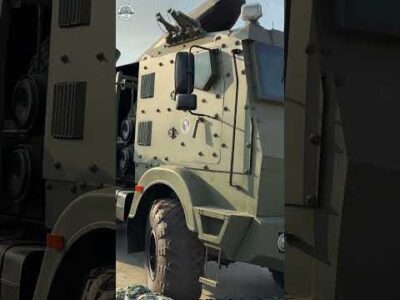
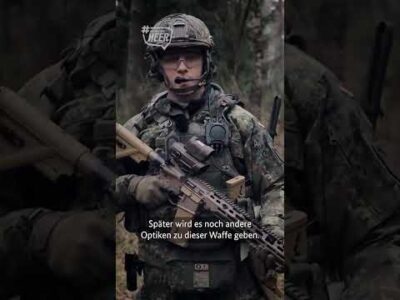
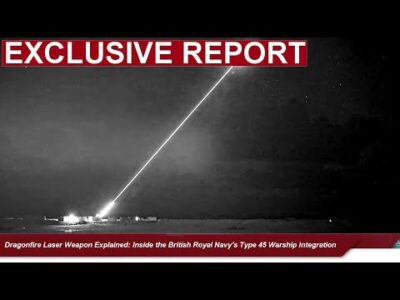

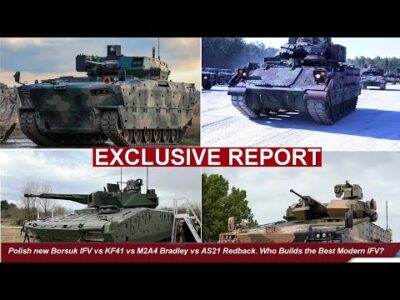
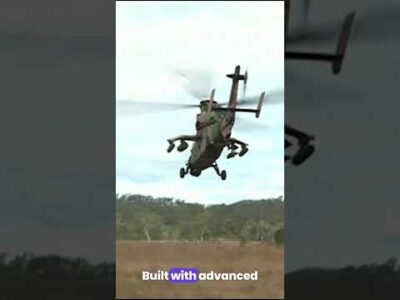








Comments